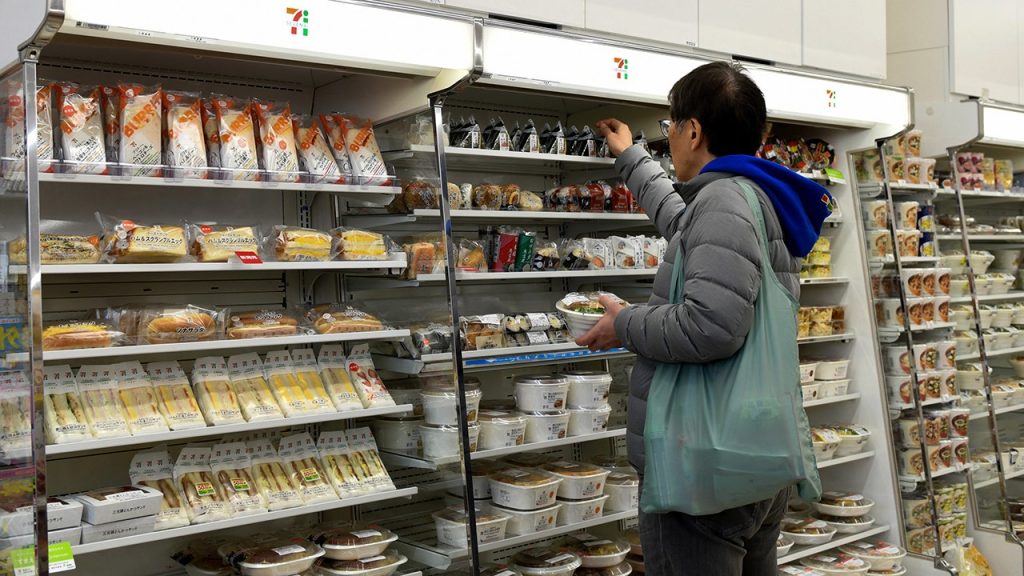A Fresh Look at Lifestyle Trends: From Sushi to Savings
In a dynamic shift within the convenience store landscape, 7-Eleven is reinventing itself through a notable expansion into Asian cuisine offerings. The popular chain is rolling out new concept stores that prominently feature sushi, boba tea, and other Asian-inspired dishes, responding to America’s growing appetite for these flavors. This “conceptual shift” represents more than just menu diversification—it signals a broader cultural transformation in American fast-casual dining preferences. As younger consumers increasingly seek authentic international food experiences in convenient formats, 7-Eleven’s strategic pivot demonstrates how mainstream retailers are adapting to evolving taste profiles and cultural influences, bringing once-exotic cuisine options into everyday American life.
Meanwhile, an entertaining social media debate has captured public attention after a man reportedly consumed 40 pieces of sashimi at a celebration buffet, much to his mother’s embarrassment. The Reddit post chronicling this all-you-can-eat adventure has sparked lively discussion about buffet etiquette, family dynamics, and cultural expectations around food consumption. Many commenters defended the man’s right to enjoy what he paid for, while others questioned whether such consumption crosses social boundaries even in unlimited dining settings. The viral nature of this seemingly mundane event reveals how deeply food behaviors are intertwined with our social norms and family relationships, turning a simple meal into a reflection of broader values around moderation, respect, and cultural attitudes toward abundance.
Las Vegas, facing a tourism slowdown, has creatively pivoted toward attracting local residents with special discounts and promotional offers. This strategic shift highlights how even a destination synonymous with vacation tourism must adapt to changing economic conditions. The city famous for welcoming visitors from around the world is now opening its arms to those who live in its shadow, recognizing that local patronage can provide essential economic stability during tourism fluctuations. This localization trend represents a fascinating evolution for a city built on attracting outsiders, showing how even the most tourism-dependent economies must diversify their customer base to remain resilient.
Beyond these headline stories, the lifestyle landscape continues to evolve in ways that reflect our changing relationship with technology, entertainment, and consumer experiences. The highlighted tech, home, kitchen, and travel deals represent our perpetual pursuit of convenience and value—qualities that have become increasingly important in an inflationary economy. The prominence of crossword puzzles and interactive content demonstrates our enduring desire for mental stimulation and entertainment that engages rather than merely distracts. These elements reflect a culture seeking balance between digital convenience and meaningful engagement, between consumption and participation.
Today’s lifestyle trends increasingly blur traditional boundaries between global and local, between luxury and accessibility. The 7-Eleven story represents how international cuisines become mainstream American options, while the Las Vegas story shows how tourist experiences become localized. The sashimi buffet tale captures our complicated relationship with abundance in a world of inequalities. Together, these stories paint a picture of American lifestyle in transition—adapting to new cultural influences, reconsidering consumption norms, and seeking authentic experiences whether traveling or staying close to home.
The diverse media offerings—from news articles to puzzles, from multiple social platforms to specialized apps—reflect our fragmented information ecosystem where consumers curate personalized content experiences. Fox News’ cross-platform approach, spanning traditional news to lifestyle content across various media channels, represents the broader media landscape’s evolution toward meeting audiences wherever they prefer to engage. This multi-platform strategy acknowledges that modern consumers expect seamless transitions between entertainment, information, and utility—whether following breaking news, seeking lifestyle inspiration, or simply enjoying a crossword puzzle. As our media consumption habits continue to evolve, successful content providers must similarly adapt to maintain relevance in an increasingly competitive attention economy.


